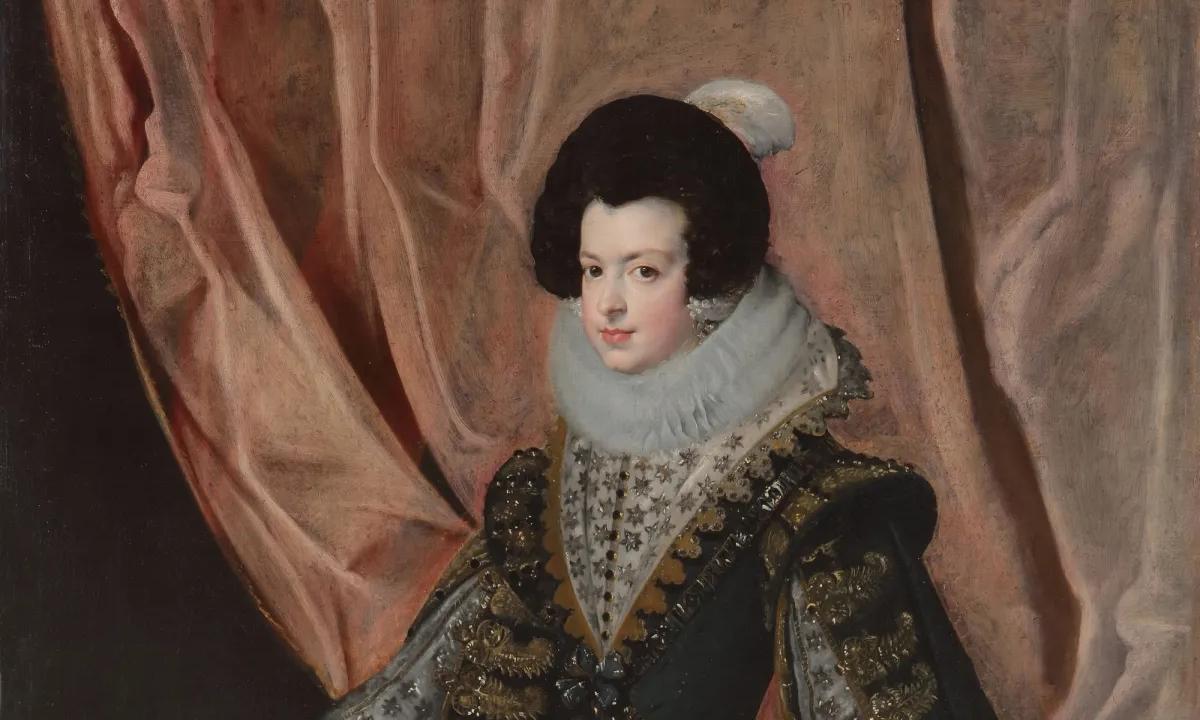Isabel de Borbón, Queen of Spain (1632) by Diego Velázquez Image: Courtesy Sotheby's
A potentially record-breaking portrait by Diego Velázquez of Isabel de Borbón, queen of Spain and the first wife of Philip IV, has been withdrawn from Sotheby’s in New York due to “ongoing discussions” on the part of the sellers—a private family trust in the US that has owned the work since 1978.
Sotheby’s declined to comment on speculation that a US museum may have put in an offer—the painting, dated to the late 1620s, had been guaranteed by the auction house to sell for around $35m in its Old Master sale on 1 February. The work was quietly withdrawn ahead of the publication of the online catalogue on 21 December.
In a statement, the auction house said the consignors “have reluctantly decided on a temporary pause in the sale process, due to ongoing discussions on their side”. Despite this, and “given the excitement with which the Velázquez has been received thus far”, Sotheby’s said both the auction house and the sellers “look forward to offering this exceptional painting for sale in the near future”.
Most court paintings by Velázquez are held in royal or museum collections and the $35m price tag—more than double the current $16.9m auction record for the 17th-century Spanish painter—reflects this rarity as well as the painting’s very good condition. Depicting Isabel in her 20s, Sotheby’s says the two-metre-tall portrait is the most important work by Velázquez to come to the market in more than 50 years.
The portrait has disappeared before. Taken from Madrid—where it hung in the Spanish royal collection as a pendant to Velázquez’s portrait of Philip IV—during Napoleon’s 1808 invasion, it only reappeared in France in 1838, when it was put on display in the so-called “Spanish Gallery” at the Musée du Louvre in Paris during King Louis Philippe’s reign.
After the king fell from power, the painting was sold at Christie’s to the merchant banker and book collector Henry Huth, who displayed it at Wykehurst Park in West Sussex. The portrait remained in Huth’s family until it was sold in 1950—the last time it appeared on the auction market.
Velázquez’s $35m Spanish queen withdrawn from Sotheby’s over 'ongoing discussions' among the sellers

